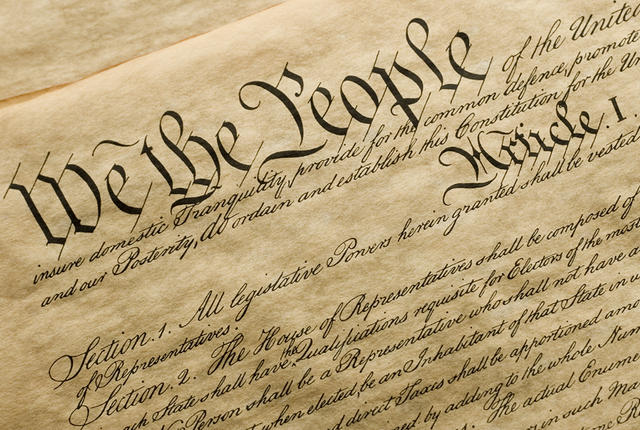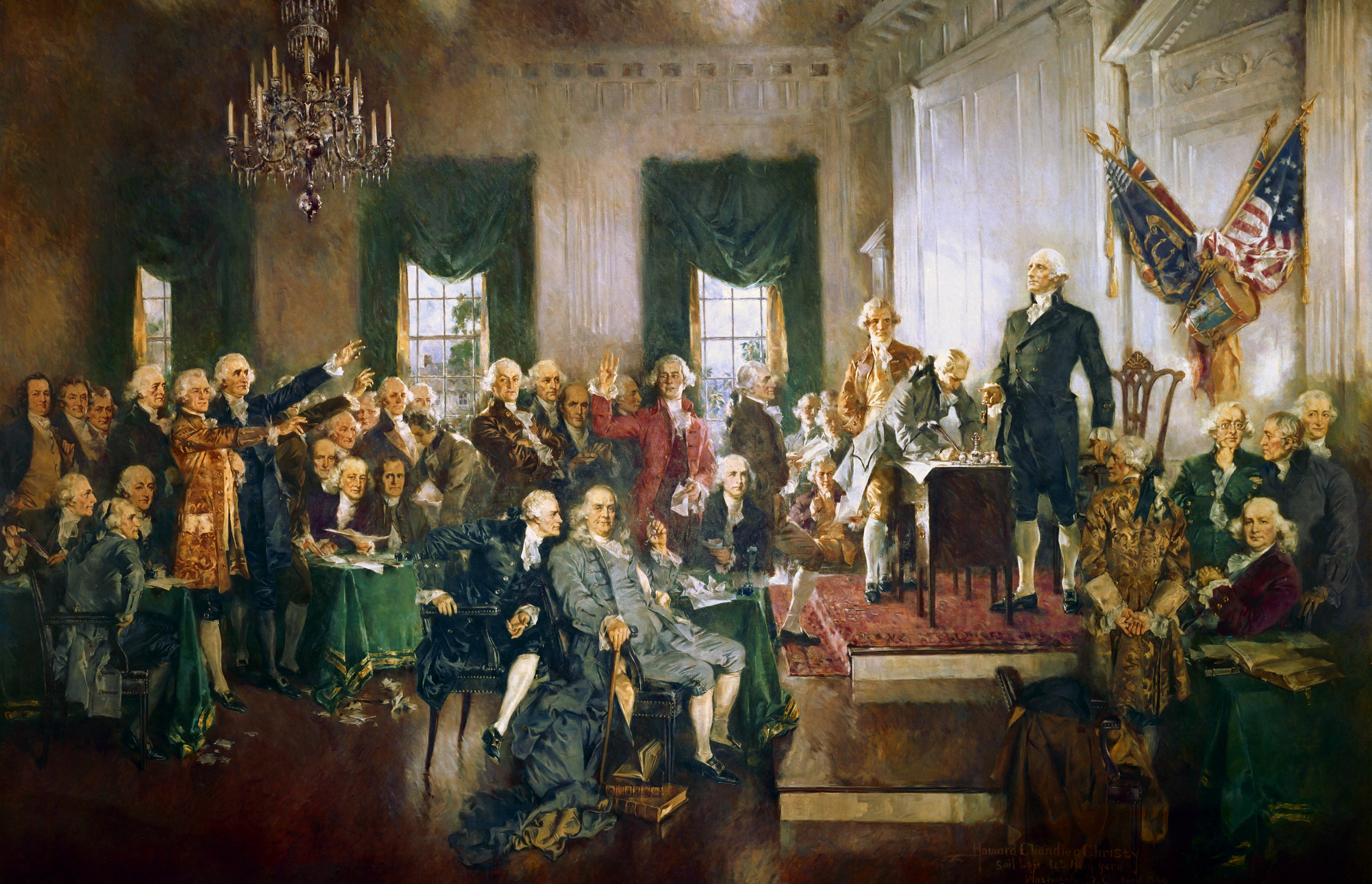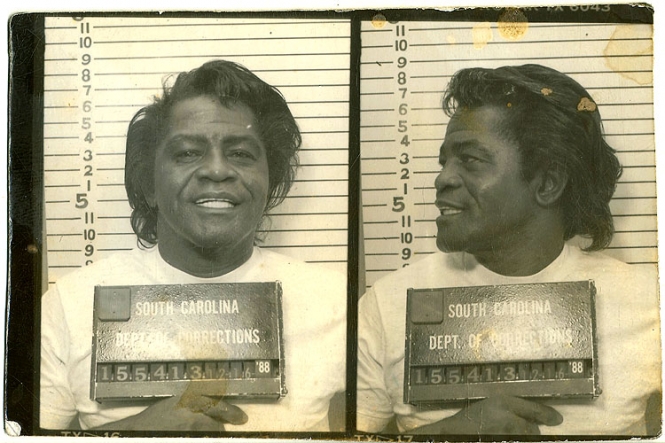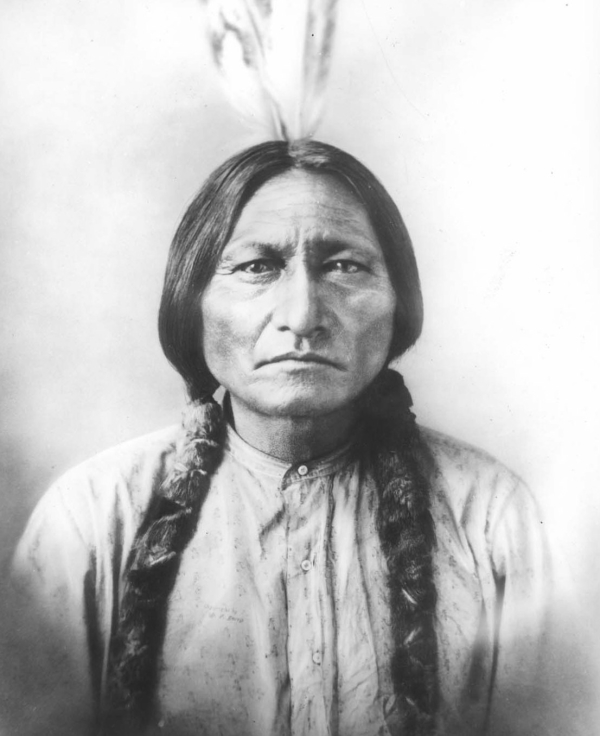1. 1791: The Bill of Rights became law of the land

Photo: mentalfloss

Photo: history
It was on this date in 1791 that Virginia ratified the first 10 amendments to the United States Constitution, also known as the Bill of Rights. In September of 1798, Congress approved 12 amendments to the Constitution and sent them to each of the 14 states at the time for ratification. In order for the Bill of Rights to become legal, there had to be a two-thirds majority and when Virginia ratified, they became the 10th, completing the majority and the Bill of Rights became the law of the land. These laws were put in place to protect the rights of U.S. citizens and guarantee them the right to things such as free speech and the right to bear arms.
2. 1988: James Brown sentenced to six years in prison

Photo: thesmokinggun

Photo: biography
The “Godfather of Soul”, James Brown, was sentenced to six years in prison on this date in 1988 for numerous run-ins with law enforcement, including assault and battery with intent to kill. Brown was known to many as the “hardest working man in show business” because of his ruthless work ethic. But unfortunately, he was also known for being ruthless in many other aspects of his life as well. In September of 1988, Brown showed up at an insurance seminar in Augusta, Georgia armed for war with pistols and shotguns and started ordering people to leave. Then he randomly jumps in his truck and proceeds to attempt to outrun the police that had surrounded the area. Brown was determined to get away and wouldn’t stop even though police had shot out his tires. He drove on the rims for about six miles before ending up in a ditch. Brown only served three years before he was released and he managed to stay out of trouble for the most part until he passed away in 2006.
3. 1890: Sioux Indian chief Sitting Bull killed in South Dakota

Photo: tumblr

Photo: truewestmagazine
It was on this date in 1890 that famous Sioux Indian chief Sitting Bull was killed by Indian Police at the Standing Rock Reservation in South Dakota. Sitting Bull was known for his success at resisting the white man’s efforts to destroy him and his tribe. One of the most significant events was his refusal to follow an order in 1875 that demanded he bring his people to a Sioux Reservation. Sitting Bull was extremely devoted to the traditional ways of his ancestors and ultimately just wanted his people to be left alone to pursue their lifestyle. However, at the time, Anglo-settlers had a growing interest in the land which the Sioux occupied. This, of course, led to conflict and would directly lead to the famous Battle of Little Bighorn.

